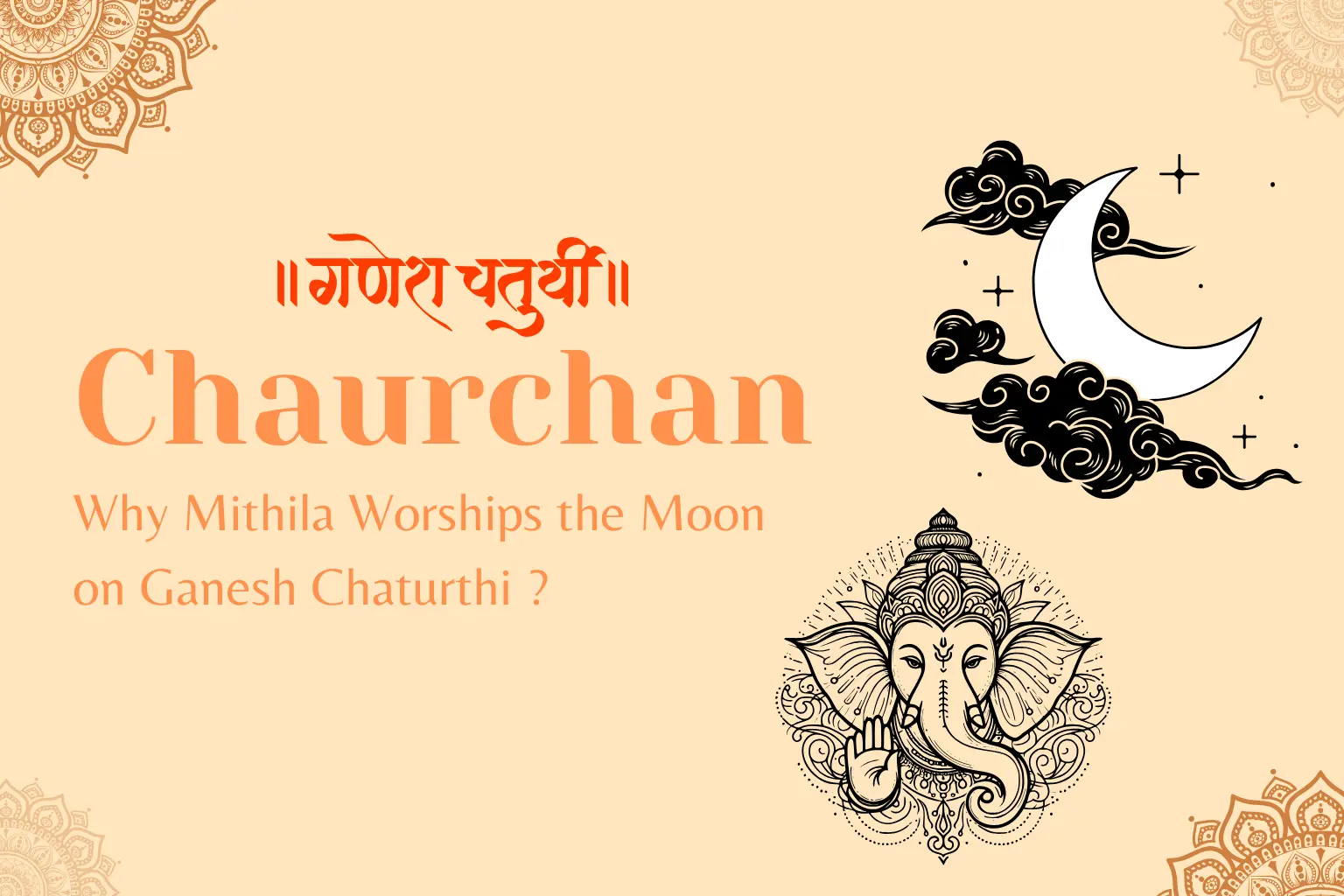The Great Buddha Statue in Bodh Gaya, India, is a towering representation of peace and spirituality. Standing amidst the sacred landscape of Bodh Gaya, a UNESCO World Heritage Site, this statue attracts pilgrims and tourists from around the world. Its serene posture and cultural significance make it a focal point for those seeking spiritual enlightenment and cultural insights.
History of the Great Buddha Statue
The journey of the Great Buddha Statue began in 1982 and culminated in 1989. Built to mark the 2,500th anniversary of Buddha’s enlightenment, this iconic project was led by Japanese Buddhist monks and funded by the Daijokyo sect. Despite facing challenges like logistics and funding, the project reached its grand unveiling with the blessings of His Holiness the Dalai Lama, who also consecrated a sacred Bodhi Tree planted behind the statue.
Architectural Marvel
The statue stands at an awe-inspiring 80 feet (25 meters), crafted from sandstone and red granite. Its intricate details, such as the serene facial expressions and flowing robes, showcase remarkable craftsmanship. Surrounding the main statue are ten smaller statues representing Buddha’s disciples, all set in beautifully landscaped gardens that radiate tranquility.
Cultural and Religious Significance
The Great Buddha Statue is a revered site in Buddhism. It plays a vital role in religious festivals and pilgrimages, drawing visitors who come to meditate and reflect on Buddha’s teachings. Its proximity to the Mahabodhi Temple further enhances its spiritual importance, making it a cornerstone of Bodh Gaya’s religious heritage.
Beliefs and Superstitions
Local legends add to the mystical aura of the statue. Many believe that meditating near it brings spiritual clarity and peace. Others hold that touching certain parts of the statue can bring good fortune and blessings, making it a site of deep personal and communal significance.
Present-Day Relevance
In modern times, the statue remains a key attraction, fostering cultural exchange and spiritual tourism. Events and ceremonies held at the site unite people from diverse backgrounds. The statue also contributes significantly to Bodh Gaya’s global reputation as a hub of Buddhist heritage, ensuring its preservation for generations to come.
Visitor Information
Planning to visit? Here’s what you need to know:
- How to Reach: Bodh Gaya is well-connected by road and rail. The nearest airport is Gaya Airport.
- Best Time to Visit: October to March, when the weather is pleasant.
- Entry Fees & Timings: Entry is free, but donations are welcomed. The site is open all year.
- Accommodations: A range of hotels and guesthouses are available nearby.
Visitors are encouraged to respect local customs and maintain decorum while exploring this sacred site.
Great Buddha Statue in Popular Culture
The statue has been featured in documentaries and literature that highlight its cultural and spiritual significance. It continues to inspire other religious monuments around the world, solidifying its place as a global symbol of peace.
Final Thoughts
The Great Buddha Statue is not just an architectural masterpiece but also a beacon of spirituality and tranquility. Its rich history, cultural relevance, and serene atmosphere make it an essential destination for anyone exploring Buddhism’s heritage. Visiting this iconic site is an opportunity to reflect on Buddha’s teachings and experience a profound sense of peace.
Frequently Asked Questions
Who built the Great Buddha Statue?
It was built under the guidance of Japanese Buddhist monks, with funding from the Daijokyo sect.
How tall is the Great Buddha Statue?
The statue is approximately 80 feet (25 meters) tall.
What makes the statue unique?
Its monumental size, intricate craftsmanship, and connection to Buddha’s enlightenment set it apart from other Buddhist monuments.
Is the Great Buddha Statue a UNESCO World Heritage Site?
While it is part of Bodh Gaya, a UNESCO World Heritage Site, the statue itself is not individually listed.
What are the beliefs associated with the statue?
Many believe meditating near the statue can lead to spiritual clarity and personal blessings.





Leave a Reply